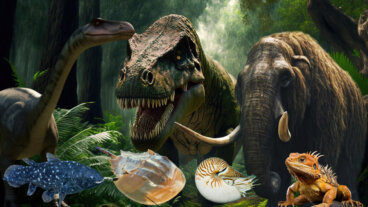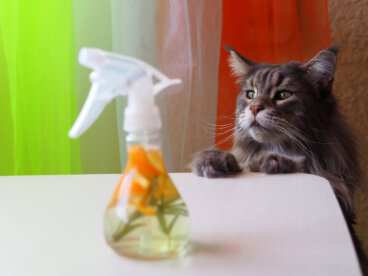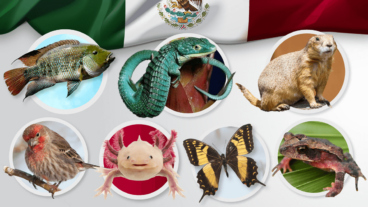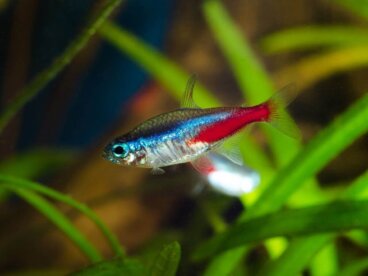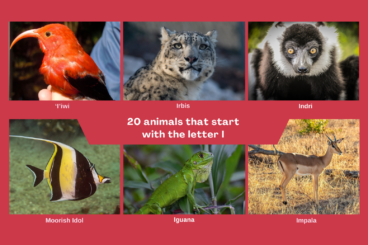How Do I Tell My Child that Their Pet Has Died?

Having to tell their child that their pet has died is a bitter pill for both parent and child, and must be carried out delicately. Although adults are familiar with the cycle of life, infants may not understand it.
Animals that live with humans end up becoming one more member of the family. Unfortunately, they usually live less than we do, so going through their death turns out to be an unavoidable event. However, you can face the loss in a healthy and sincere way, without avoiding grief. Find out how.
How do I tell my child that their pet has died?
Children create strong bonds with the animals they live with. In addition, at those ages they often haven’t experienced the death of a loved one, so you have to be careful to ensure that their pain passes in the most natural way possible.
In the following lines, you can find some tips to correctly address this situation. But be patient, as not all people grieve in the same way, and children are no exception.
Prepare the ground
When it comes to telling a child about a death, it’s best to prepare your child psychologically for that moment. Some adults prefer not to know when a loved one is going to die, but keep in mind that this preference stems from grief experience, which children lack. You can do it in the following way:
- Explain to the child about the animal’s situation: this is very helpful in order to avoid the feeling of misunderstanding when wondering why your pet has died.
- Talk about death naturally: sadness and death are part of life. Accepting these natural events and emotions as such is the key to healthy grief.
- Enjoy their last days: The expectation of grief for the loss can cause your child to see death as something that’s always traumatic and this can generate fear in them. Take advantage of the last days for the animal, your child, and you to fill those days with love.
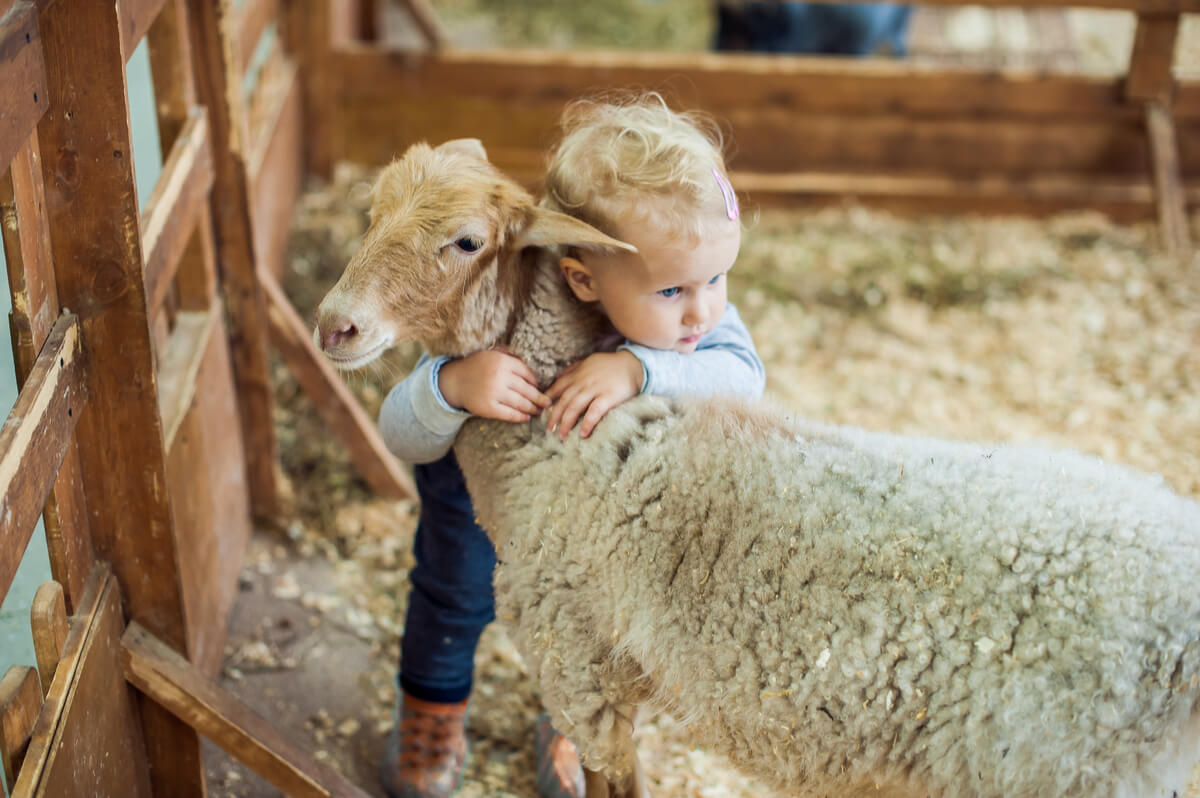
Sincerity is the key
Don’t lie or soften the situation. It’s useless to avoid this grieving process, since sooner or later every child will experience one. In addition, infants are tremendously intuitive and will know when something is wrong.
Accepting the fact and processing it properly must be done based on reality, both in adults and children. Giving the animal an emotional goodbye is just as important as getting over it, so don’t avoid the situation.
Normalizes feelings when the pet has died
The child may not know how to feel if this is the first time they have faced a loss. Negative feelings such as sadness, if not processed properly, can become entrenched or be seen as something bad.
Sadness is something normal in life and can be lived out with the same normality as joy. Sharing your feelings with your child will help them know that it’s okay to cry or feel bad. In this way, they’ll also know that it’s normal for those negative emotions to disappear over time.
You can also perform a small ceremony to say goodbye to the animal. Funeral rituals are useful for the psychological transition towards the idea that someone is gone.
Answer your questions
Children ask about what they don’t know and their inquisitive attitude must be taken into account. Preparing simple and honest answers about the questions that children may have is very useful in order to give them a correct idea about death.
It’s also important to adjust what you say to the age of the child. Euphemisms or metaphors aren’t necessary, but you may need to use shorter sentences and simpler vocabulary in order for them to understand.
Your pet has died and can’t be replaced
These days there is a common thought: that to alleviate the pain of the loss of the animal, you can buy or adopt another one. This option isn’t only ineffective — because that animal had an identity — but it also encourages the conception of living beings as replaceable objects.
This doesn’t mean that you won’t eventually get another pet. As with any loss, it takes time to assimilate and recover before moving on to another stage. Don’t be in a hurry and grieve with your child: your bond will grow even stronger if you show understanding.
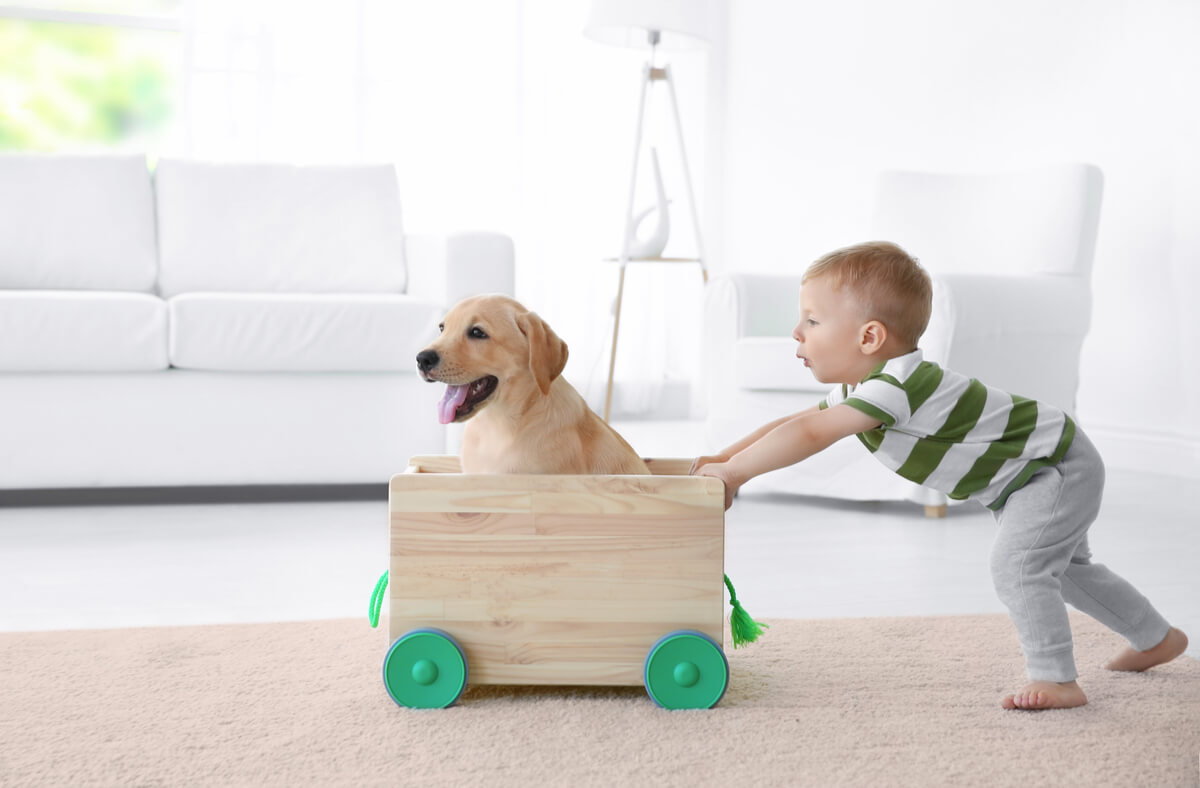
Human offspring have the wonderful ability to return us to the simplest feelings and ideas. Often, helping children to mature involves reviewing your own ideas and evolving even when you think that you’ve got everything worked out.
Having to tell their child that their pet has died is a bitter pill for both parent and child, and must be carried out delicately. Although adults are familiar with the cycle of life, infants may not understand it.
Animals that live with humans end up becoming one more member of the family. Unfortunately, they usually live less than we do, so going through their death turns out to be an unavoidable event. However, you can face the loss in a healthy and sincere way, without avoiding grief. Find out how.
How do I tell my child that their pet has died?
Children create strong bonds with the animals they live with. In addition, at those ages they often haven’t experienced the death of a loved one, so you have to be careful to ensure that their pain passes in the most natural way possible.
In the following lines, you can find some tips to correctly address this situation. But be patient, as not all people grieve in the same way, and children are no exception.
Prepare the ground
When it comes to telling a child about a death, it’s best to prepare your child psychologically for that moment. Some adults prefer not to know when a loved one is going to die, but keep in mind that this preference stems from grief experience, which children lack. You can do it in the following way:
- Explain to the child about the animal’s situation: this is very helpful in order to avoid the feeling of misunderstanding when wondering why your pet has died.
- Talk about death naturally: sadness and death are part of life. Accepting these natural events and emotions as such is the key to healthy grief.
- Enjoy their last days: The expectation of grief for the loss can cause your child to see death as something that’s always traumatic and this can generate fear in them. Take advantage of the last days for the animal, your child, and you to fill those days with love.

Sincerity is the key
Don’t lie or soften the situation. It’s useless to avoid this grieving process, since sooner or later every child will experience one. In addition, infants are tremendously intuitive and will know when something is wrong.
Accepting the fact and processing it properly must be done based on reality, both in adults and children. Giving the animal an emotional goodbye is just as important as getting over it, so don’t avoid the situation.
Normalizes feelings when the pet has died
The child may not know how to feel if this is the first time they have faced a loss. Negative feelings such as sadness, if not processed properly, can become entrenched or be seen as something bad.
Sadness is something normal in life and can be lived out with the same normality as joy. Sharing your feelings with your child will help them know that it’s okay to cry or feel bad. In this way, they’ll also know that it’s normal for those negative emotions to disappear over time.
You can also perform a small ceremony to say goodbye to the animal. Funeral rituals are useful for the psychological transition towards the idea that someone is gone.
Answer your questions
Children ask about what they don’t know and their inquisitive attitude must be taken into account. Preparing simple and honest answers about the questions that children may have is very useful in order to give them a correct idea about death.
It’s also important to adjust what you say to the age of the child. Euphemisms or metaphors aren’t necessary, but you may need to use shorter sentences and simpler vocabulary in order for them to understand.
Your pet has died and can’t be replaced
These days there is a common thought: that to alleviate the pain of the loss of the animal, you can buy or adopt another one. This option isn’t only ineffective — because that animal had an identity — but it also encourages the conception of living beings as replaceable objects.
This doesn’t mean that you won’t eventually get another pet. As with any loss, it takes time to assimilate and recover before moving on to another stage. Don’t be in a hurry and grieve with your child: your bond will grow even stronger if you show understanding.

Human offspring have the wonderful ability to return us to the simplest feelings and ideas. Often, helping children to mature involves reviewing your own ideas and evolving even when you think that you’ve got everything worked out.
All cited sources were thoroughly reviewed by our team to ensure their quality, reliability, currency, and validity. The bibliography of this article was considered reliable and of academic or scientific accuracy.
- Cuando muere una mascota (para Padres) – Nemours KidsHealth. (2021). Nemours KidsHealth. https://kidshealth.org/es/parents/pet-death-esp.html
- Cómo gestionar el duelo de un animal de compañía | Fundación Affinity. (2019). Fundación Affinity. https://www.fundacion-affinity.org/blog/como-gestionar-el-duelo-de-un-animal-de-compania#:%7E:text=El%20proceso%20de%20duelo%20al,la%20muerte%20llega%20por%20sorpresa.https://www.fundacion-affinity.org/blog/como-gestionar-el-duelo-de-un-animal-de-compania#:~:text=El%20proceso%20de%20duelo%20al,la%20muerte%20llega%20por%20sorpresa.
- Duelo y pena. (2010). American Society Cancer. https://www.cancer.org/es/tratamiento/atencion-en-la-etapa-final-de-la-vida/afliccion-y-perdida/proceso-de-duelo.html#:%7E:text=El%20duelo%20es%20un%20proceso,funeral%20de%20un%20ser%20querido.
This text is provided for informational purposes only and does not replace consultation with a professional. If in doubt, consult your specialist.


